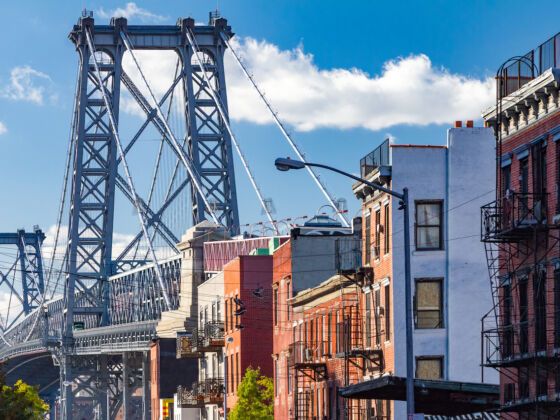Union Avenue
“This party is going to be filled with tall, beautiful people from New Zealand,” my friend Dana explained to me as we stopped to find our bearings outside of the Lorimer Street subway station. “They’re pretty much the most amazing people I’ve ever met. Olivia, you remember her, she went to the College of Charleston.”
I shrugged and looked around. The first party of the evening was in Williamsburg, an area of the city I didn’t come to very often — tried to avoid at all costs, actually. It wasn’t how I remembered it growing up. Williamsburg used to be a quiet neighborhood where Jews of all sects used to live. Jews, and Italians. My grandmother grew up here.
